Submitted by WA Contents
CLOU architects transforms abandon shopping mall with immersive garden in Hohhot, China
China Architecture News - Mar 15, 2022 - 11:44 12647 views
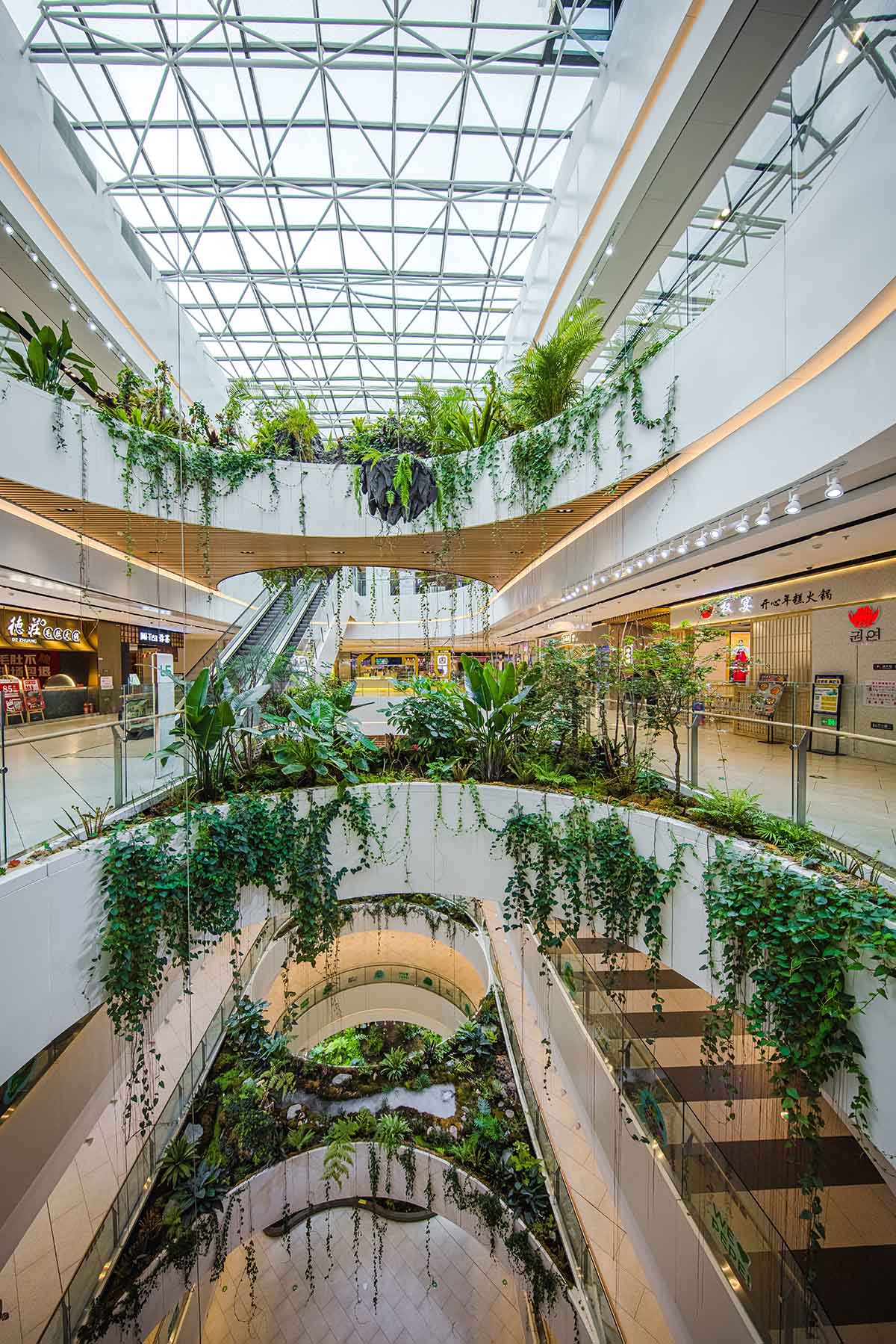
Beijing and Shanghai-based architecture practice CLOU architects has transformed an abandoned shopping mall with an immersive garden using different species of plants, greenery, and water components.
Named CapitaMall Nuohemule, the mall is located at Hohhot’s Nuohemule station, Hohhot, Inner Mongolia, China.
The studio was commissioned to transform a dark and barren seven-story concrete structure into a vibrant and diversified experience of plants, greenery, and water.
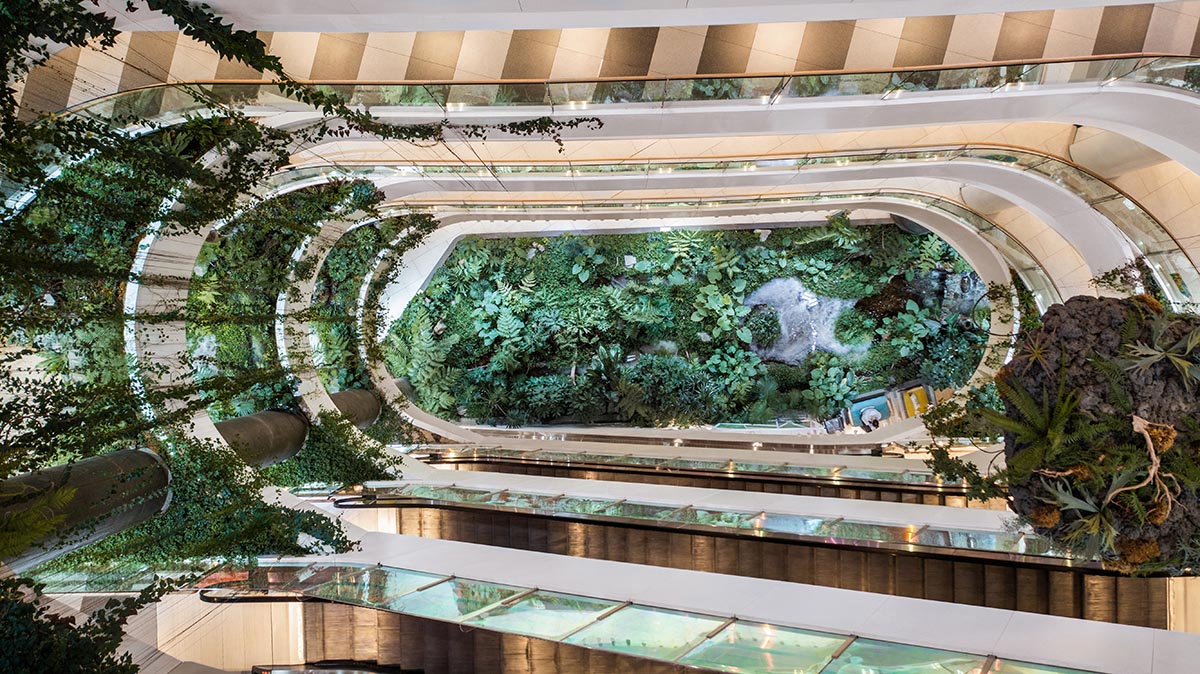
The 102,000-square-metre building was designed as an attraction that has emerged as a visitor magnet far beyond its local neighbourhood. According to CLOU architects, opening day generated a flow of over 100,000 visitors.
The revitalization of the mall has emerged as "a comprehensive kind of contemporization."
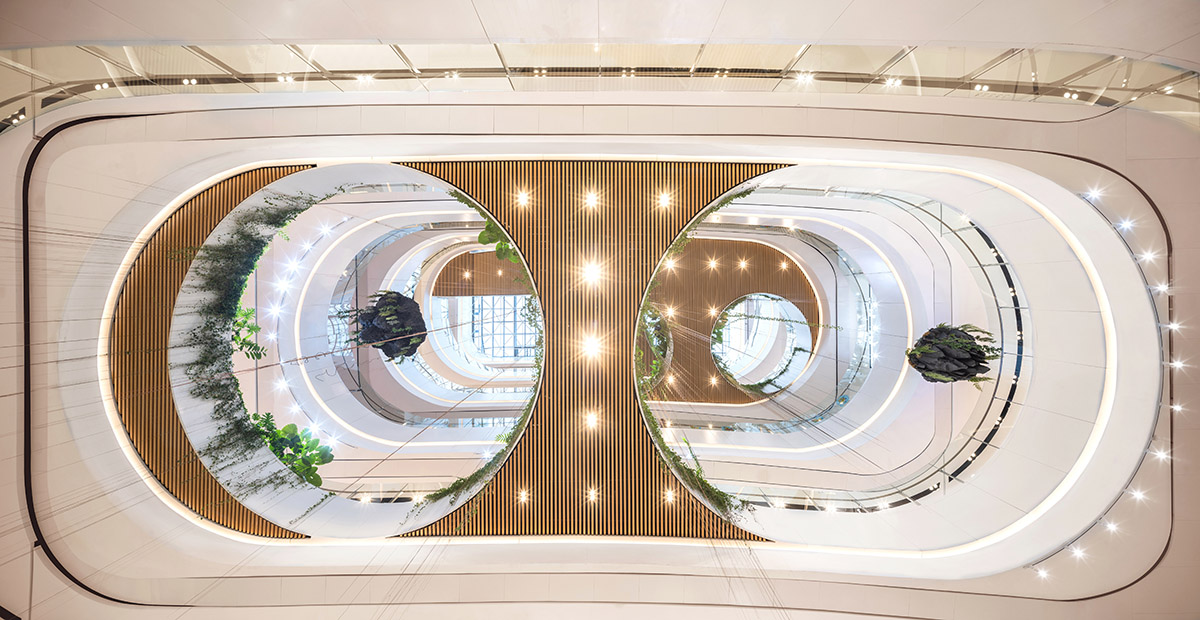
The project was conceived as a far beyond a simplistic mall refurbishment with superficial re-application of materials, according to the studio.
"It is about extracting the essence of a building and converting it into a new, adventurous, and future-proof concept that manages to withstand and challenge the strong competition of urban retail precincts with its unique offer," said CLOU architects in a project description.
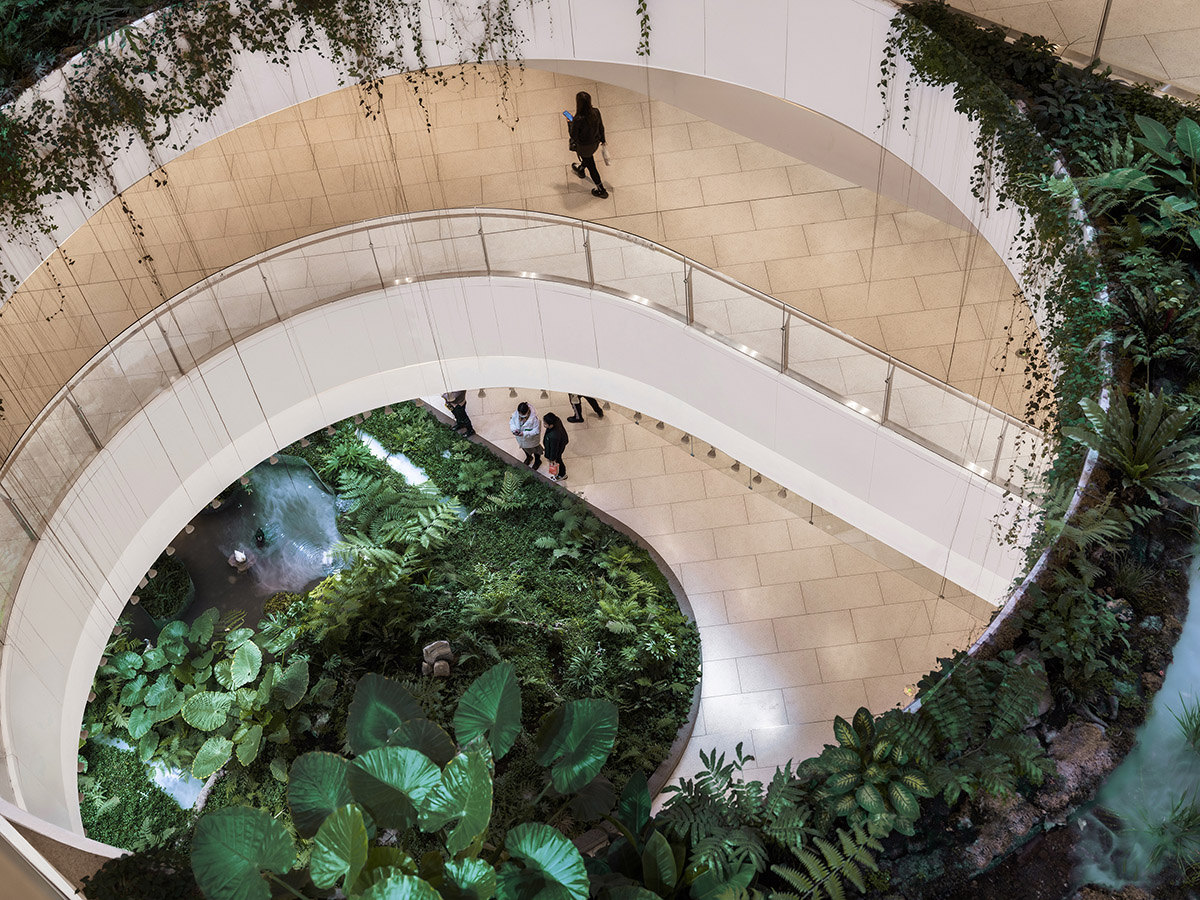
The studio describes the project as "a model for the fusion of commercial spaces and indoor gardens." To counteract the ‘winter blues’ induced by a harsh climate of long, arid seasons devoid of green and daylight, CapitaMall Nuohemule emerges as the first garden mall in Inner Mongolia.
Inside, the studio uses lush, multi-level interior landscaping that spreads skywards through a series of atria, reaching out into the horizontal circulation zones to provide a rare and enjoyable public green experience for the surrounding communities.
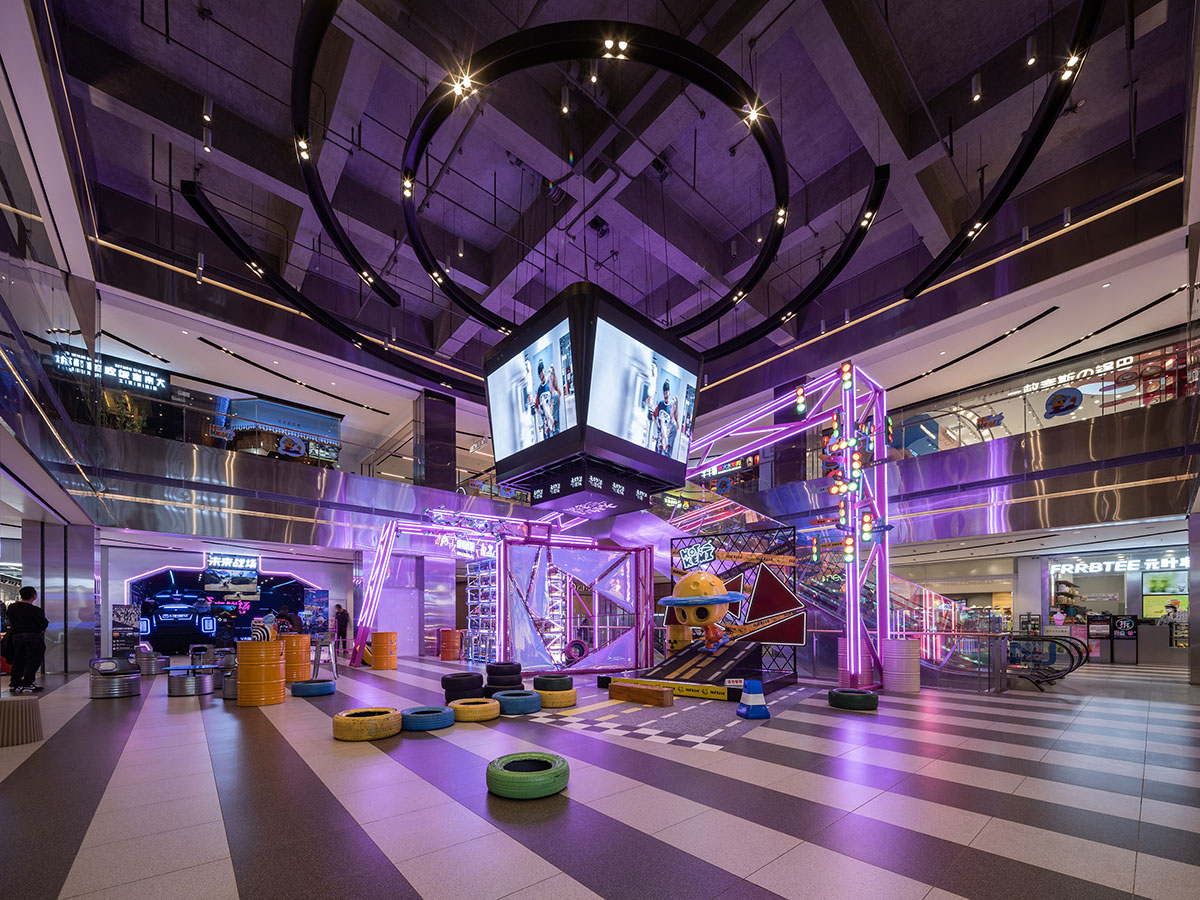
The project is challenging to the often sterile atmosphere of conventional shopping malls, the mall was conceived as a green and natural indoor space.
A spirited contemporary interpretation of the Hanging Gardens of Babylon, it incorporates horizontal gardening strategies across all retail floors to create social meeting and gathering spots with a fresh identity, interactive potential, and affective qualities.
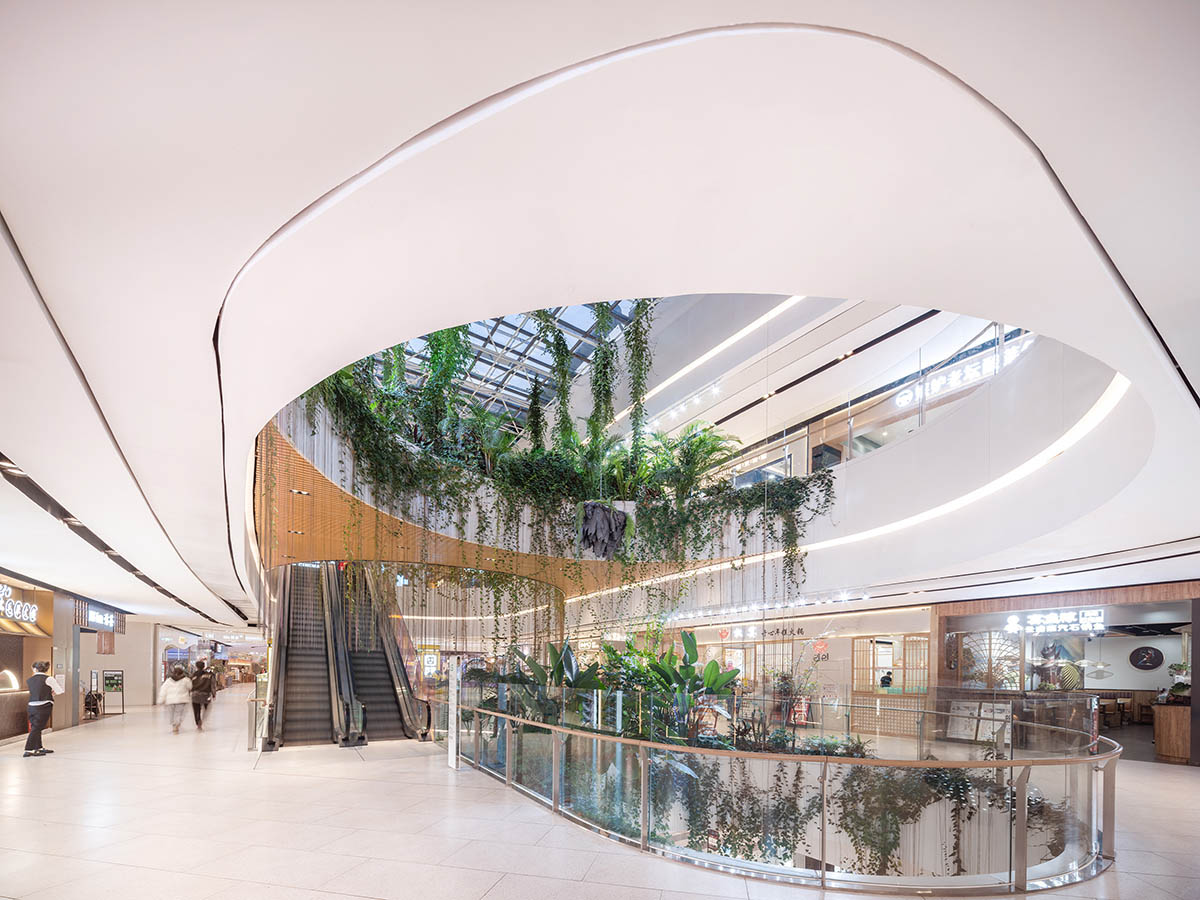
The outlines of the existing atria were re-drawn into clear geometric shapes that vertically overlap, thus dissolving the rigidity and verticality of the space.
Reconfigured edge zones, together with newly inserted connecting bridges, were converted into lush landscaped planters across all levels in an innovative approach to the positioning and functioning of commercial space.
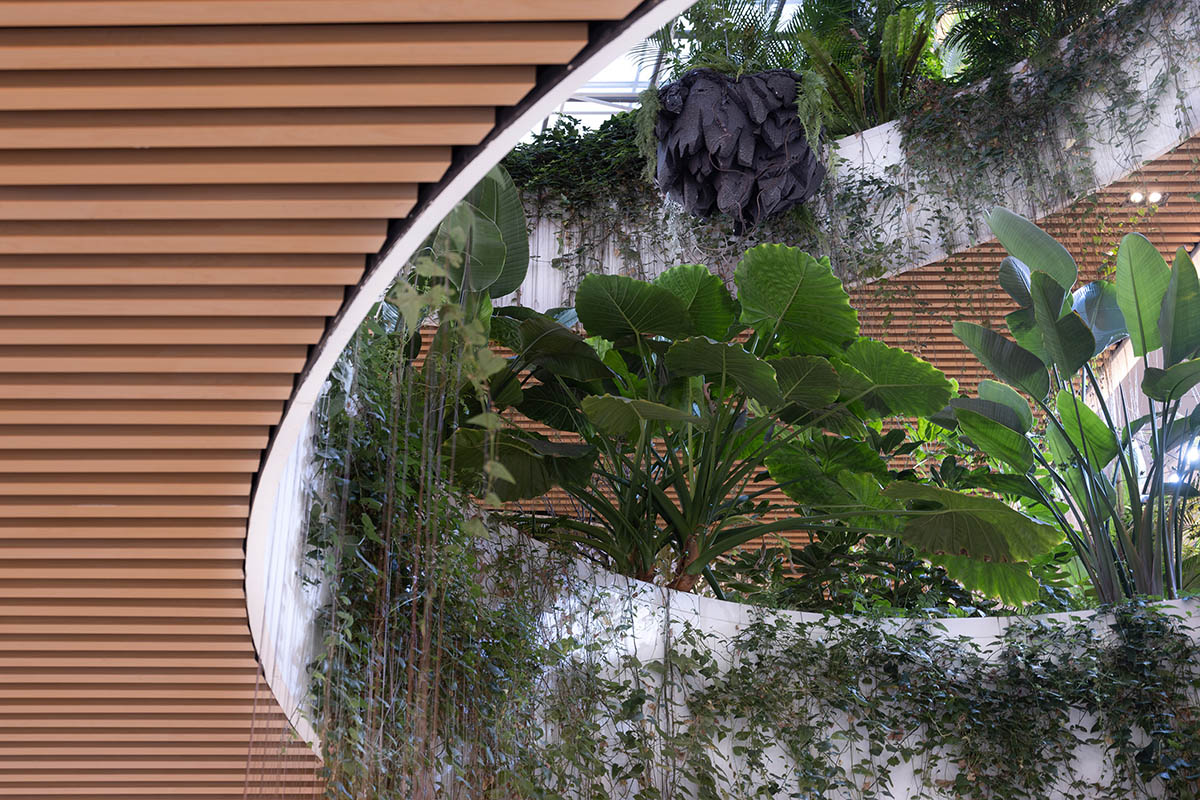
A building to constantly grow and change
The interiors are enriched with green "pocket-park" type islands along the mall’s corridors, the planted spaces cover a total of 2,000 square meters, incorporating varieties such as stream landscapes, rock gardens, and rain forests, all respecting the commercial theme of their location.
According to the studio, "this optimized microclimate creates high ambient comfort through the synthesis of natural light and planting, while the atria assist in vertical distribution of oxygenated, moistened air that contributes to a pleasant interior climate."
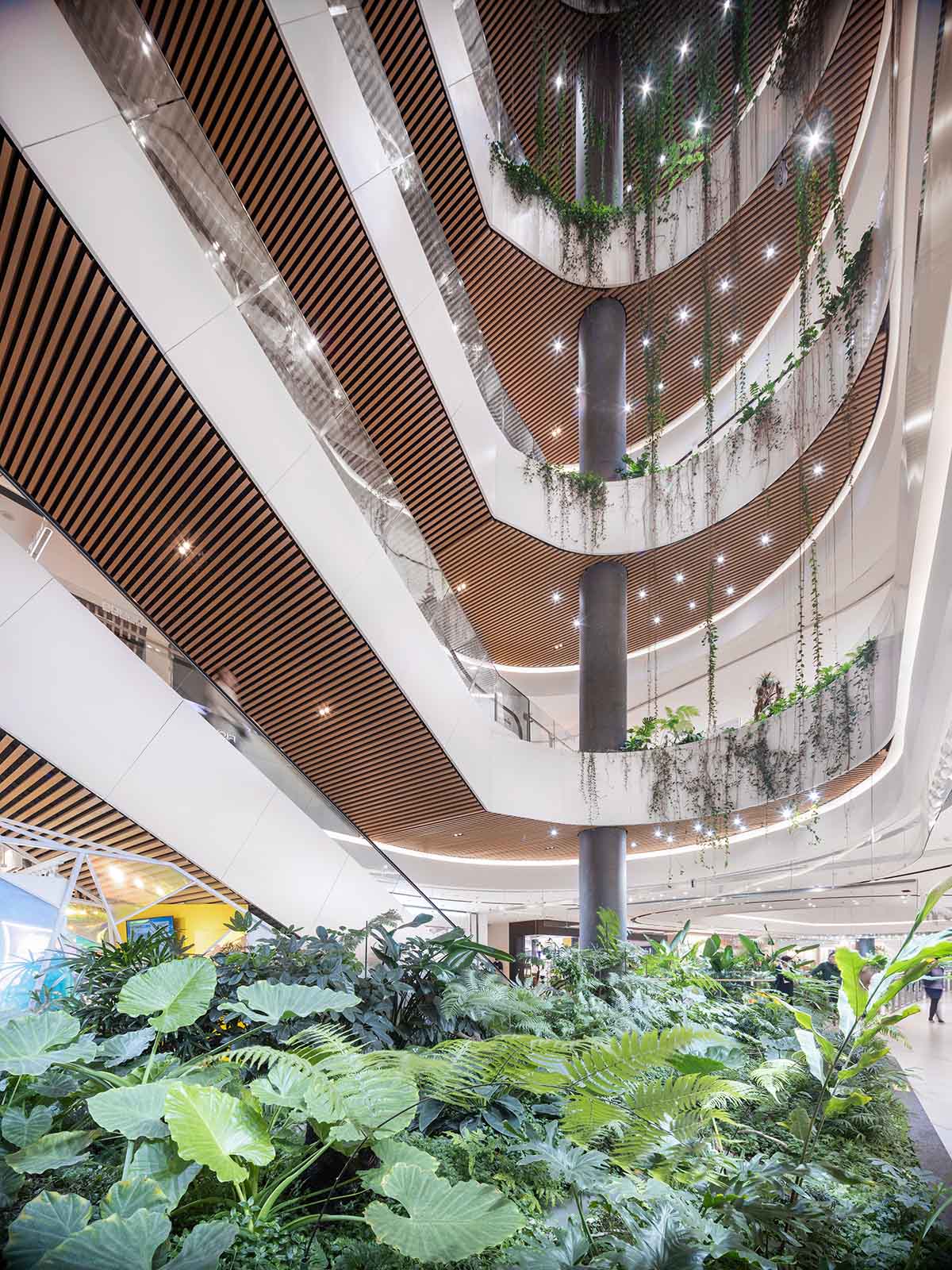
Inside, air flow and temperature control are naturally instigated and enrich the standard mechanically induced climate control.
The central islands along the mall’s ground floor offer meandering trajectories offset from the main circulation: along elevated platforms, they combine water features and lush planting with an immersive environment that has become home to fish and ducks.
Evoking feelings of a brief tropical escape in visitors, these islands have developed into popular event spaces and social media hotspots for more than 100 events and counting.
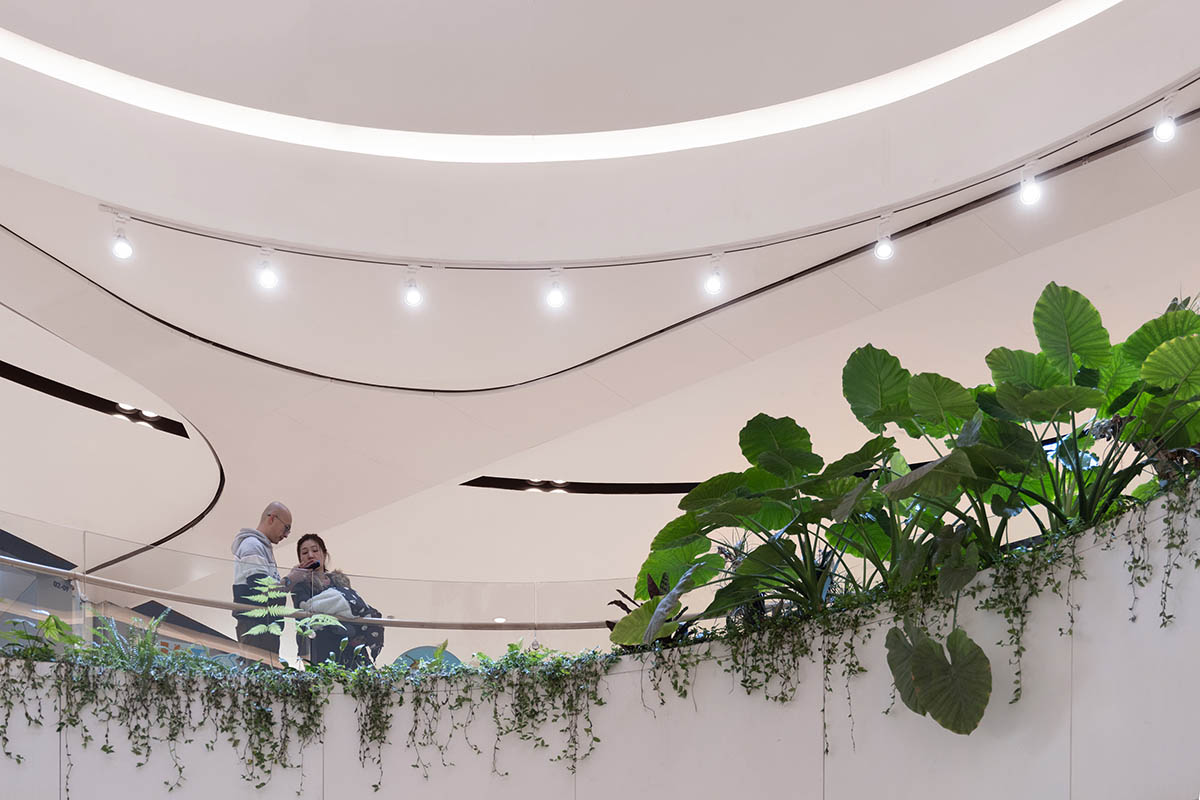
"Regular performances and cultural shows foster community activity and encounters in a dense jungle of experiential nature within the heart of the city," said the studio.
Looking upwards, horizontal bands of fashion retail, kids’ entertainment and education, sports facilities, and dining options extend across seven levels, like roots and branches of a tree.
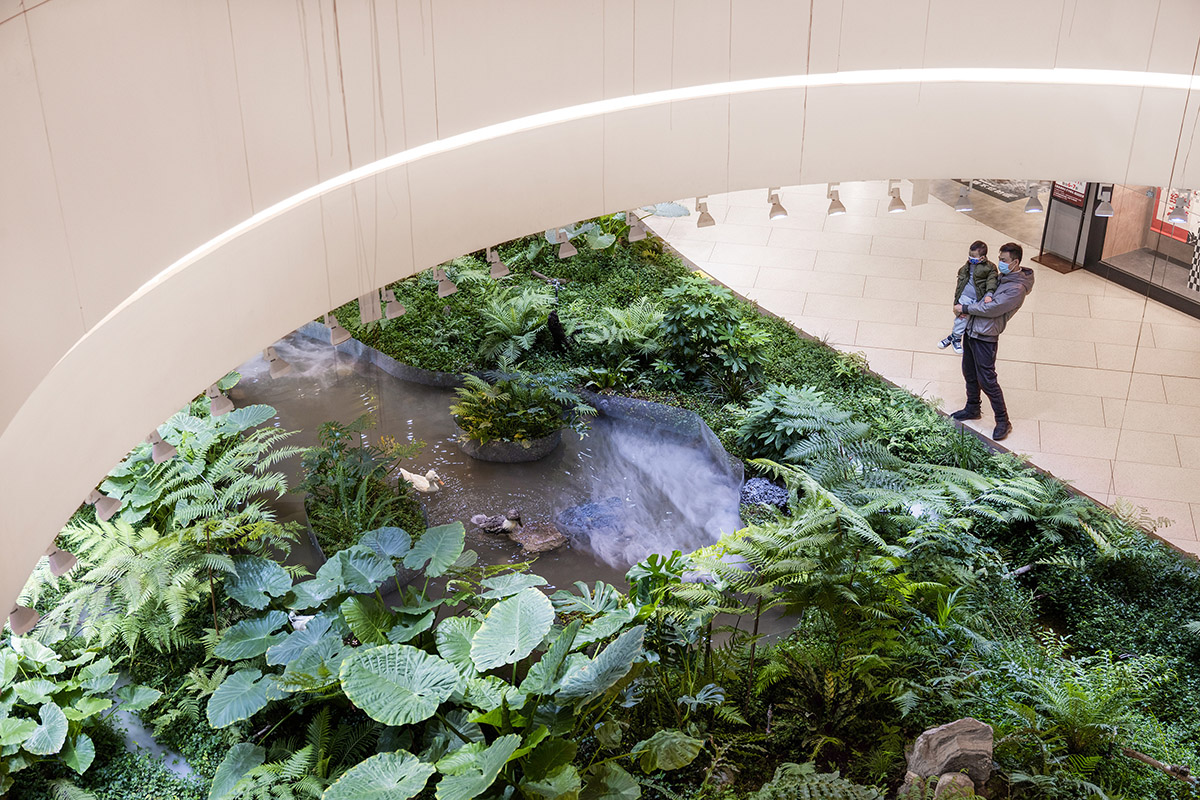
Spatial extensions and planar shifts generate oversized floorplate sizes for circulation, events, and gatherings. The even distribution of attractions directs curiosity towards the location's previously unprofitable upper floors.
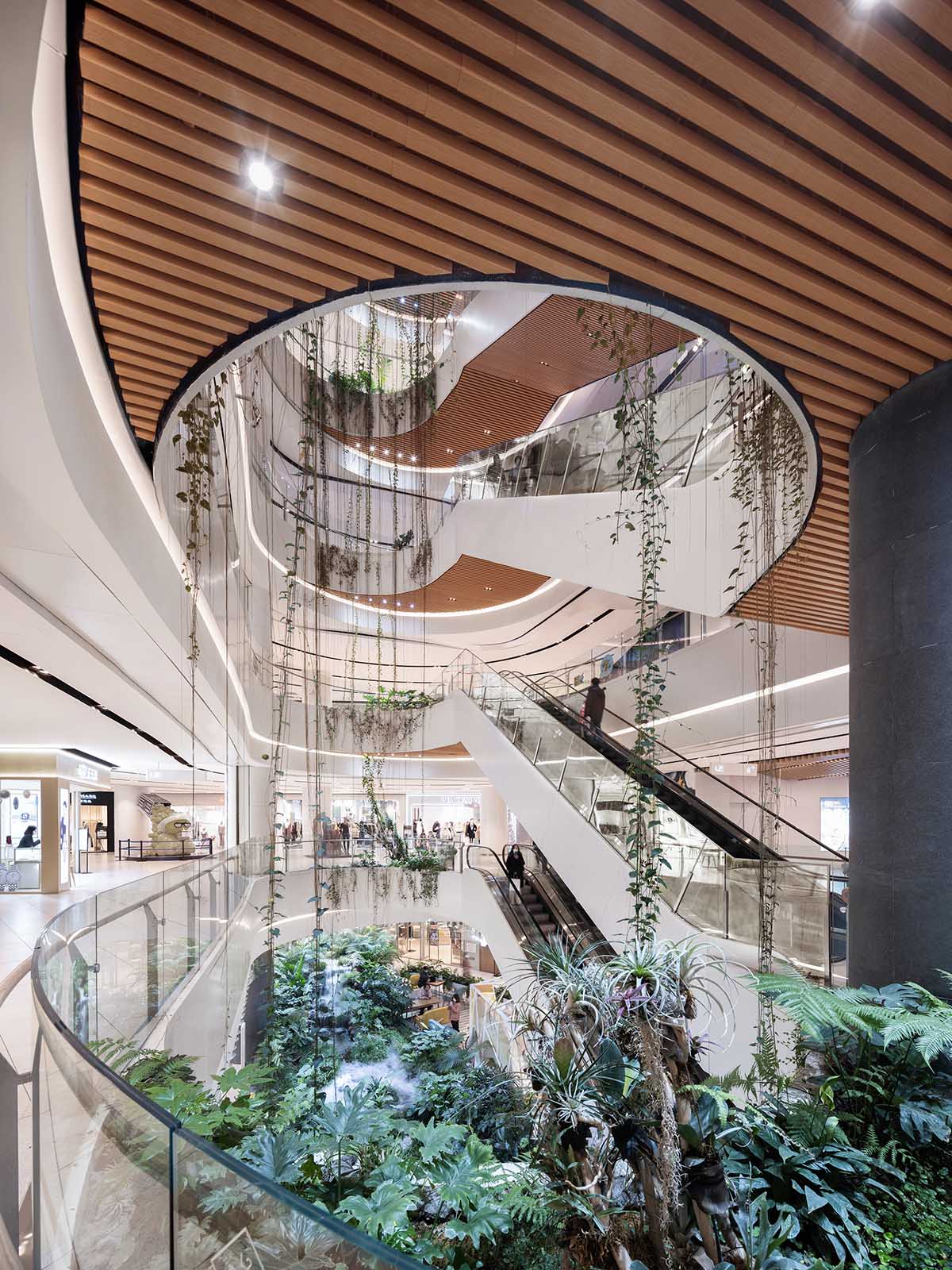
On the fourth floor, an energetic public sports zone exposes the original building structure in its industrial style. Apart from that, various cultural and promotional events and performances have taken place.
The contemporary basement, with its convivial food street theme, connects directly to the metro station.
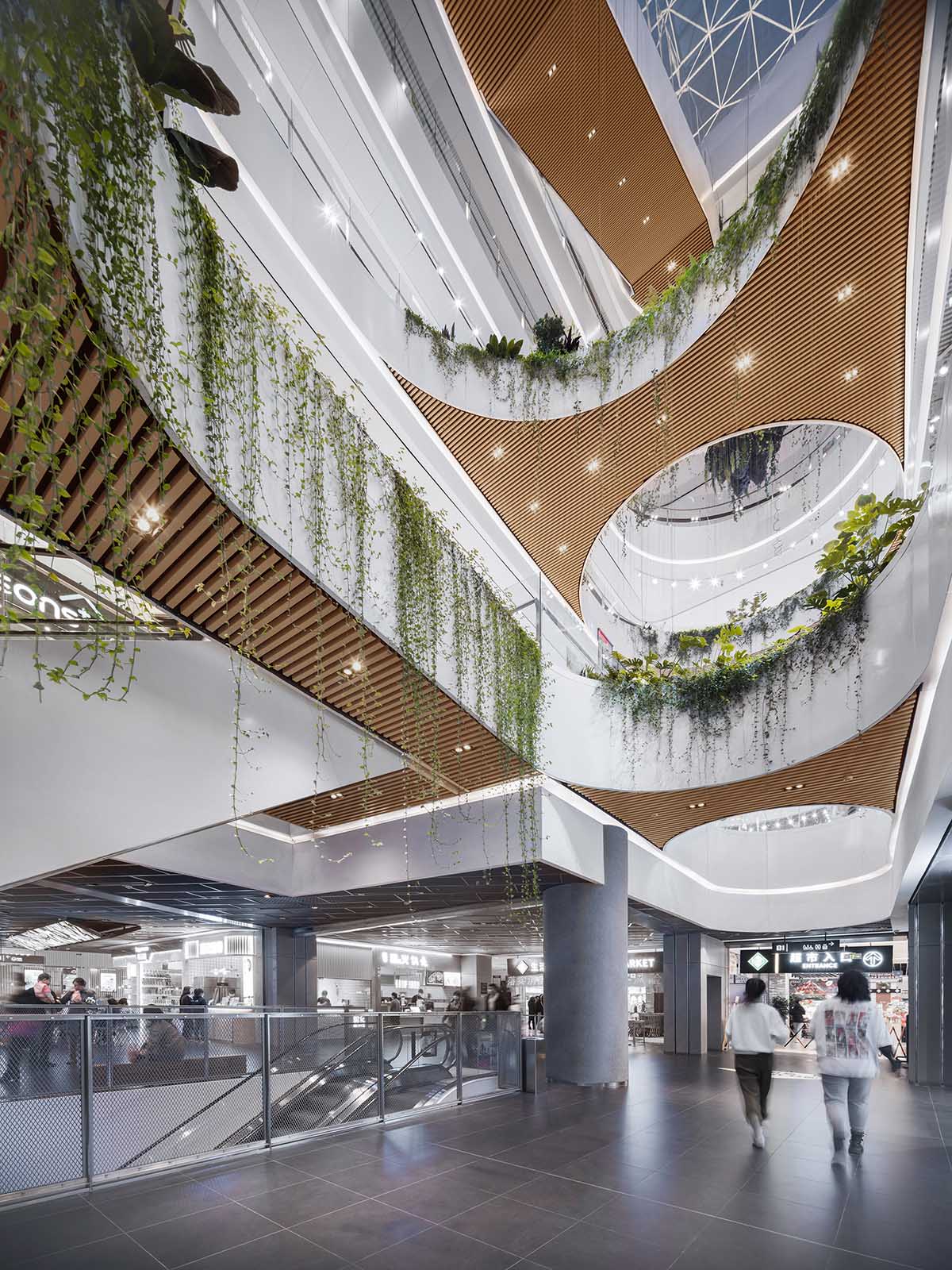
In 2021, in its first year of operation, CapitaMall Nuohemule proved to be CapitaLand’s second most successful mall in Northern China, and led the Dianping ranking as Hohhot’s number one popular shopping and leisure destination.
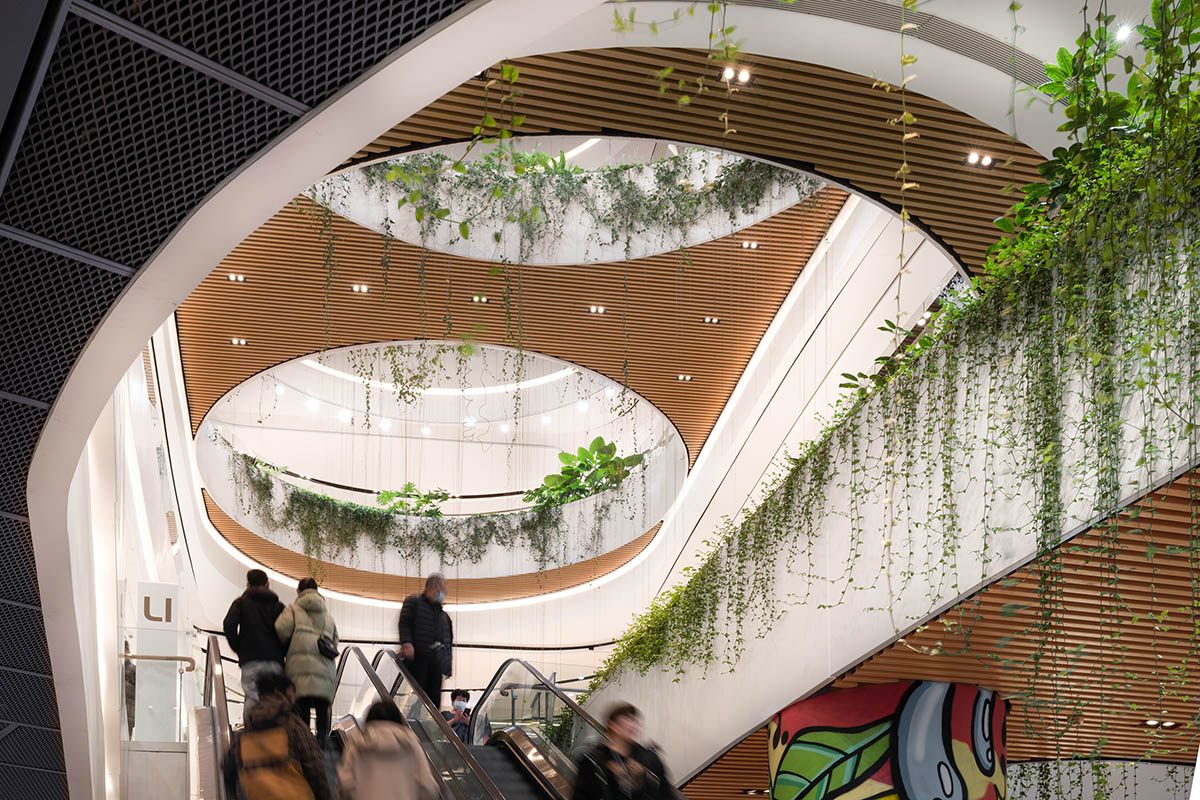
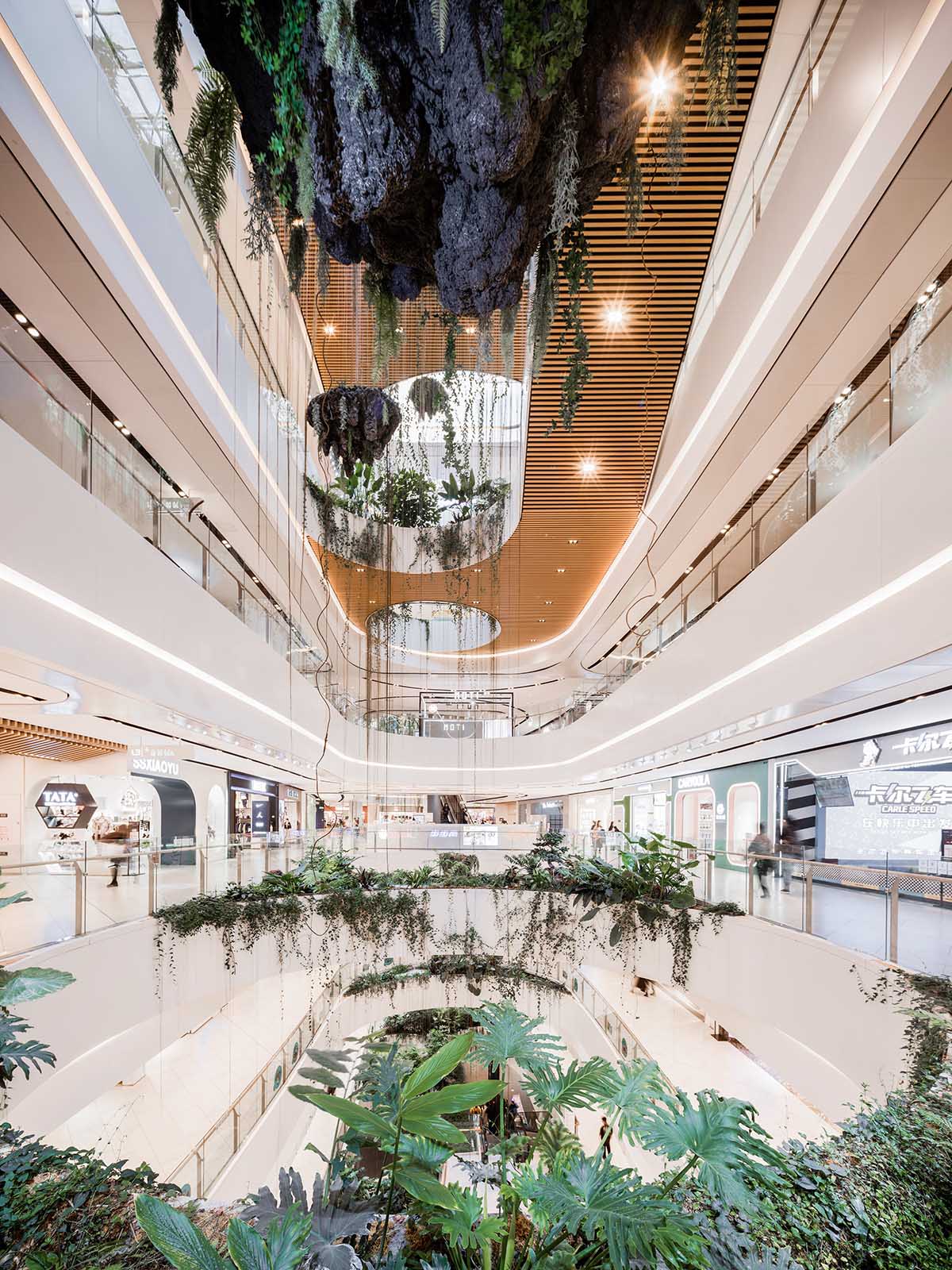
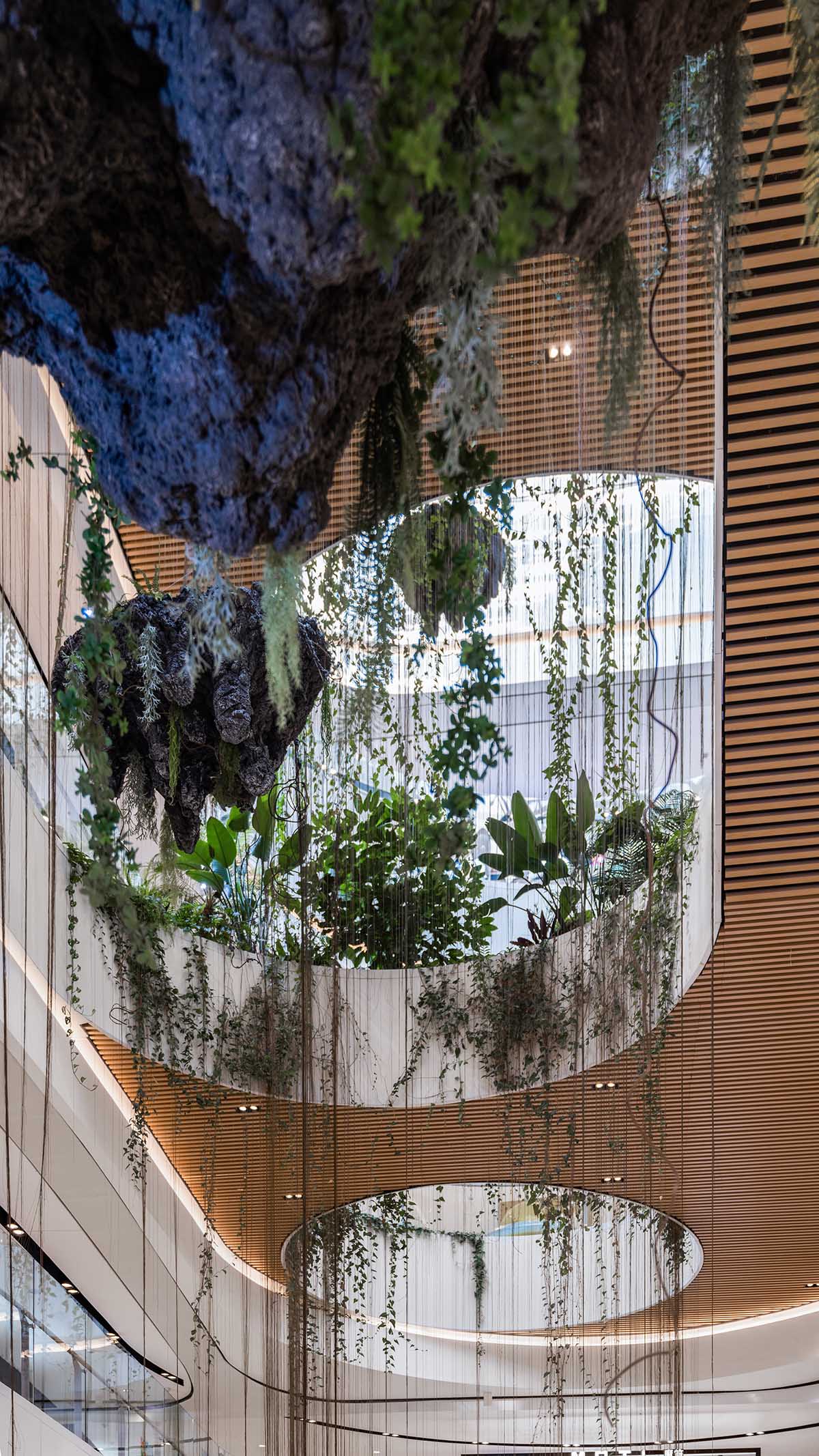
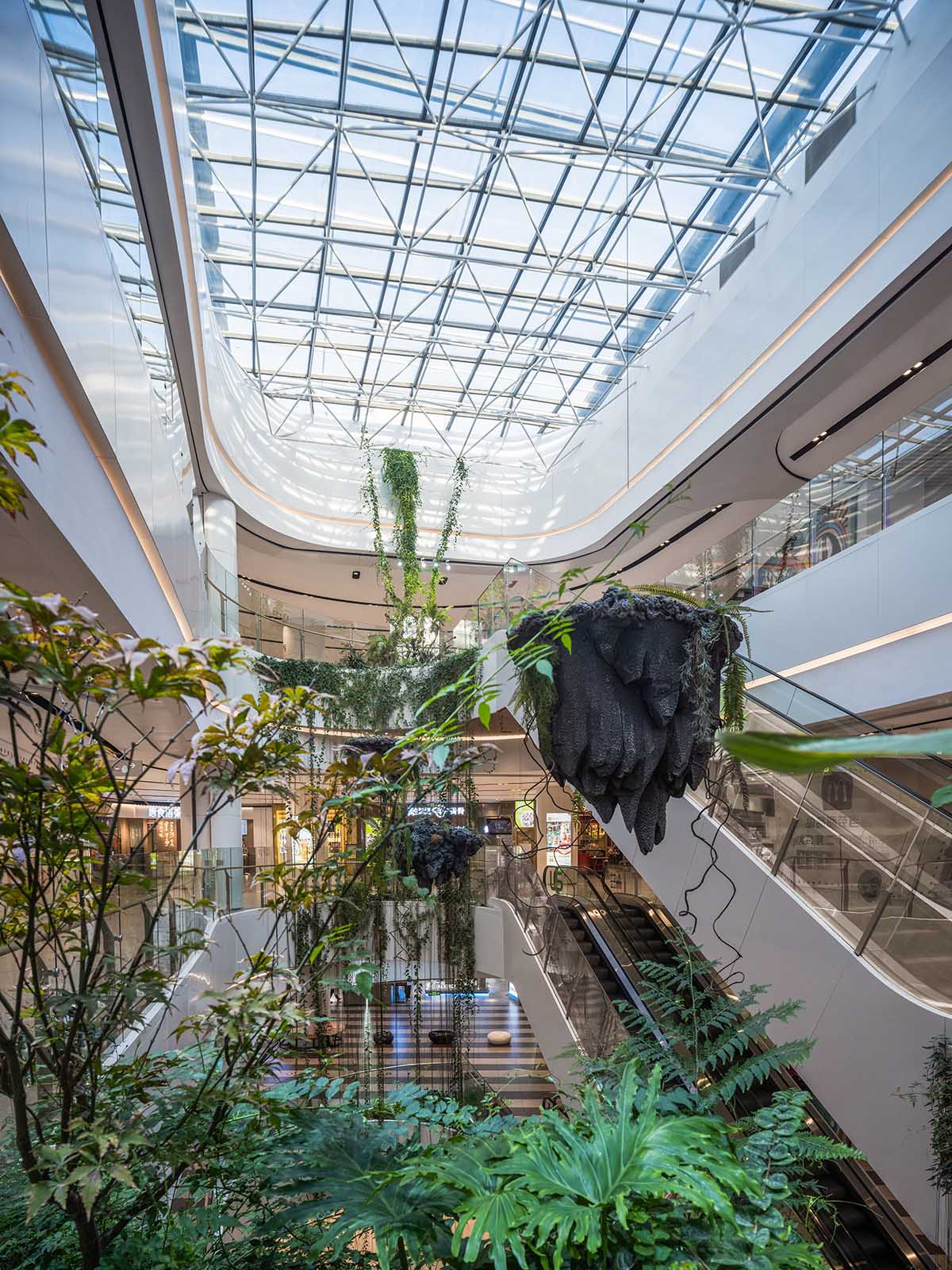
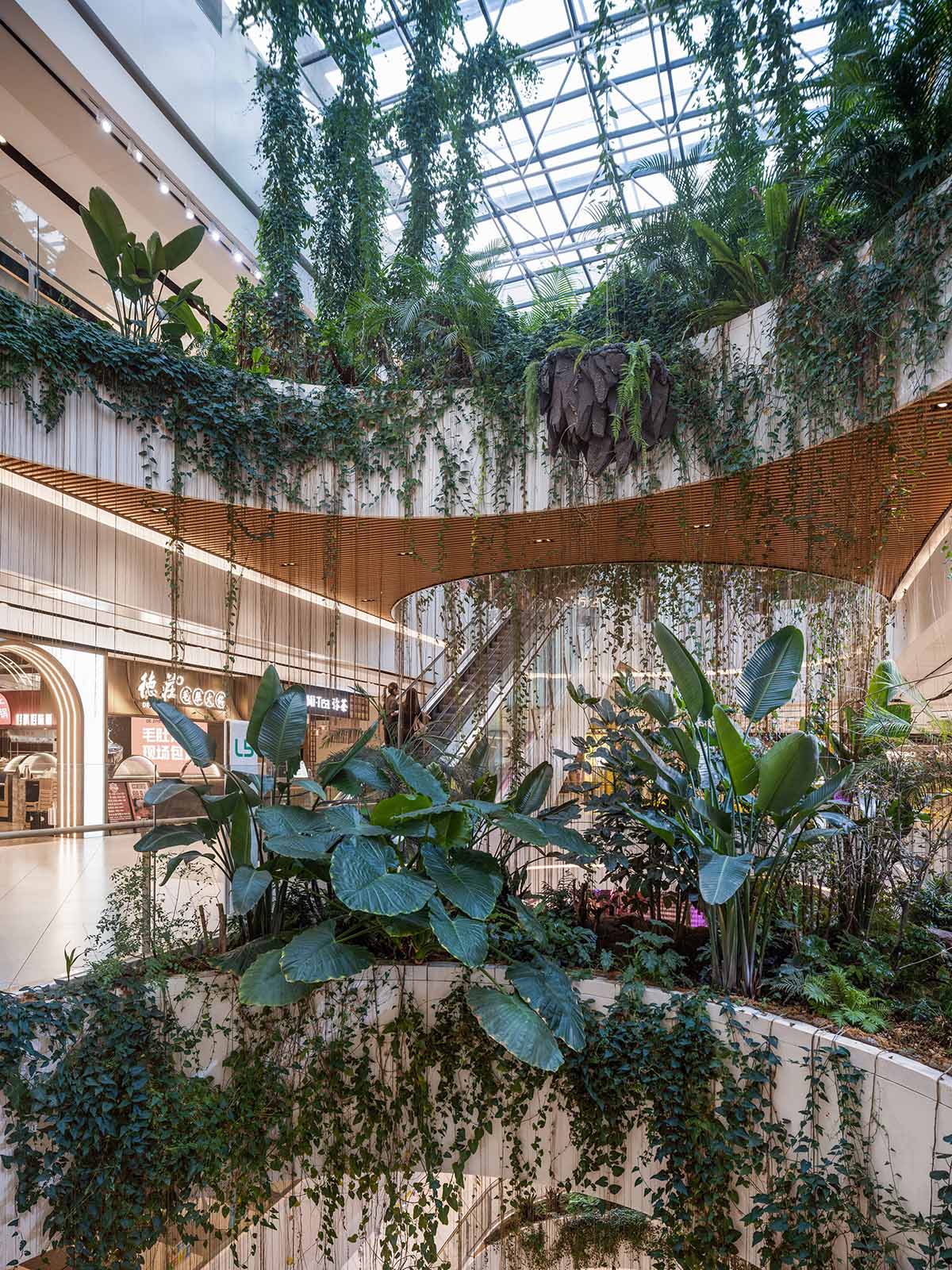
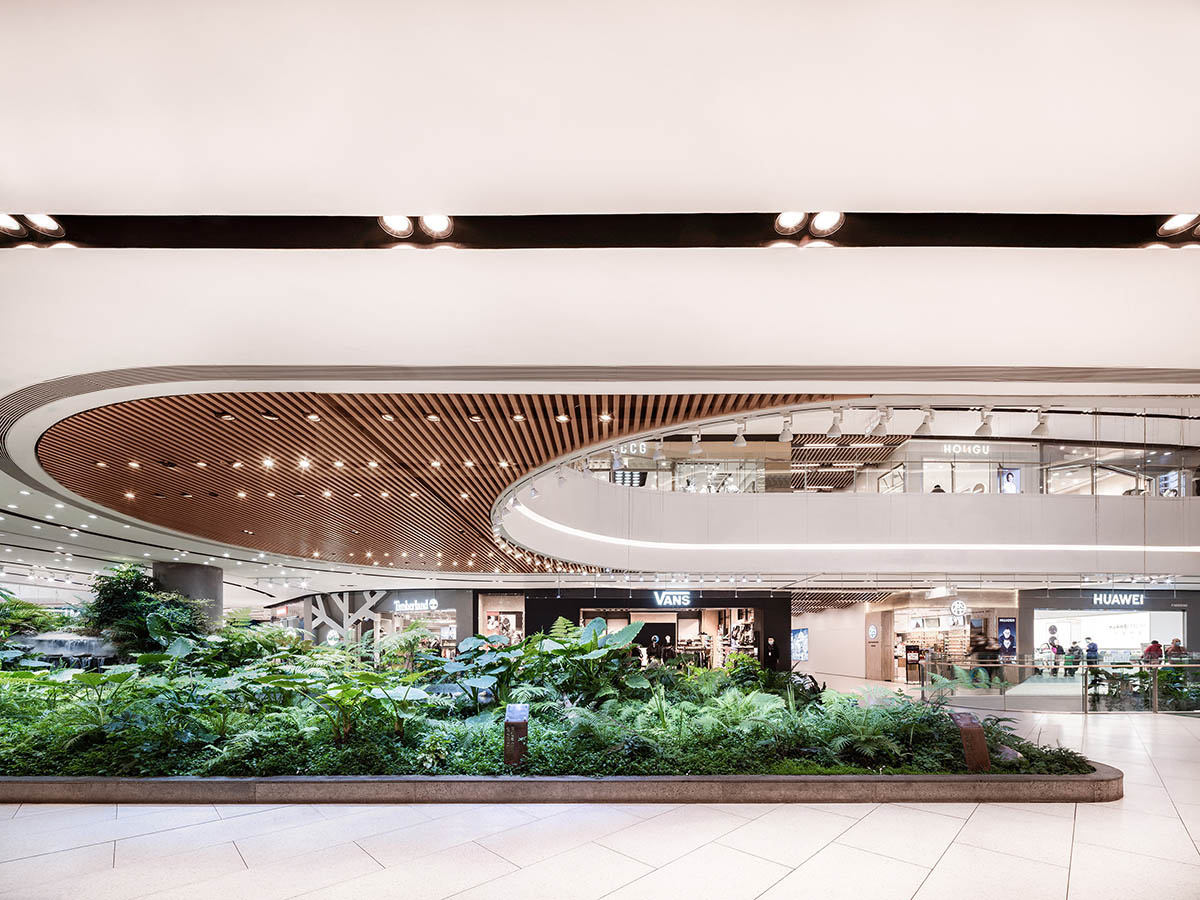
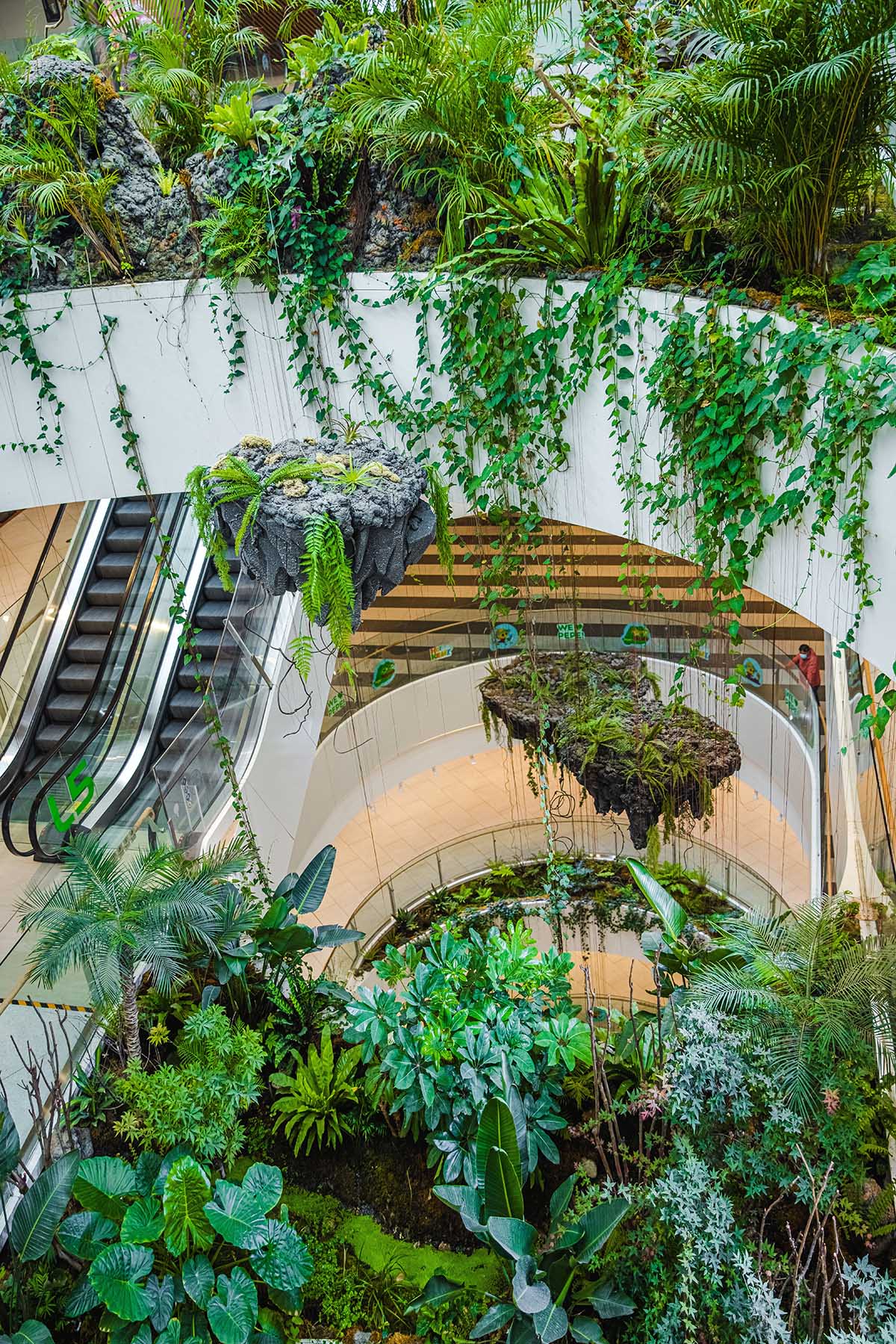
Image © Deng Ziming
CLOU architects recently completed its new Beijing office, featuring brightly-lit interiors contrasting warm tones with wood in Beijing, China. The firm completed the Sanya Farm Lab with deep grid modules in China.
Project facts
Project Name: CapitaMall Nuohemule
Type: Shopping Centre
Client: CapitaLand
Built Year: 2021
Location: Hohhot, Inner Mongolia
Construction Area: 102,000 sqm
Interior Design: CLOU Architects
Design Team: Jan Clostermann, Jianyun Wu, Sebastian Loaiza, Yadi Zhong, Christopher Biggin, Kyra Zhao, Wenlei Ma, Tianshu Liu, Javier Pelaez Garcia, Nan Zhang, Valentina Kholoshenko, Yaxi Wang
LDI: China Institute of Building Standard Design & Research
MEP: Beijing Fenglin Engineering Consulting Co., Ltd
Lighting: KEEY Lighting (Shanghai) Co., Ltd
Signage: Roden Mona High-tech Co., Ltd
Plants: Meize Landscape Decoration Engineering (Heilongjiang) Co., Ltd
Interior Contractors: Beijing Jinyuan Architectural Decoration Engineering Co.,Ltd;
Beijing Dongfangxunteng Architectural Decoration Engineering Co., Ltd
Top image © Deng Ziming
All images © Chill Shine unless otherwise stated.
All drawings © CLOU Architects
> via CLOU Architects
